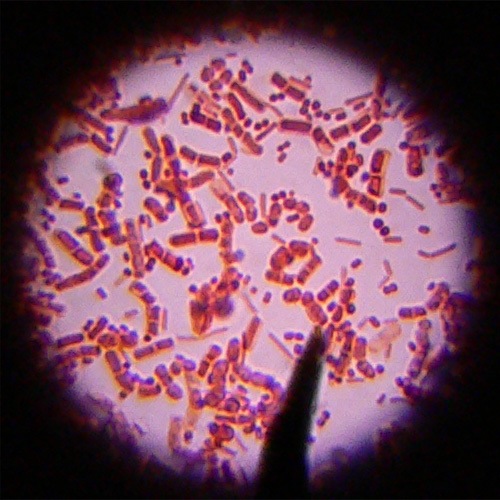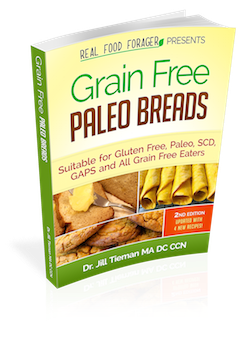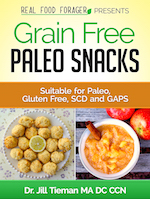In August of this year researchers at the University of Minnesota discovered and received a patent for a naturally occurring lantibiotic that could be added to food. This lantibiotic, called Bisin, actually kills the bacteria that trigger decomposition in the fresh proteins found in meat, dairy, eggs and fish (but not fresh vegetables or fruit). A lantibiotic — as opposed to an antibiotic — is an antimicrobial peptide that is produced by harmless bacteria. What is special about this newly discovered bacterial peptide, Bisin, is that it kills deadly gram-negative bacteria, such as, E.Coli, Salmonella, and Listeria. Bisin could be used in place of irradiation, which has become unfavorable with consumers. They call Bisin a discovery, but is it really new?
For millennium people have been using bacteria in order to preserve food.
The fermentation process involves the oxidation of carbohydrates to generate a range of products such as, organic acids, alcohol and carbon dioxide (Ray and Daeschel, 1992). These products have a preservative effect through limiting the growth of pathogenic flora in the food product.
The process also adds value to the food by supplying vitamins and enzymes manufactured by the bacteria.
Modern large scale production of fermented foods and drinks use specific strains of bacteria in order to maintain consistency and culture performance. For example, in the commercial production of yogurt very specific strains of bacteria are used.
While there are some traditionally fermented products out there to buy, it is best to learn how to make these things at home. Homemade fermented foods are cost effective and actually take very little time to put together — they just need time to culture.
Similar to the naturally occurring bacteria and other immune factors in raw milk which protect it from spoiling, beneficial bacteria protect other food items from degradation by culturing. The bacteria inherent in cabbage may be used to ferment and produce a “value added” food such as sauerkraut. The same may be said of cultured dairy products, such as yogurt and kefir although with these, a culture needs to be added.
Is Bisin Safe?
While it is admirable to try to use a “natural” product in order to preserve food on a large commercial scale, is this Bisin actually natural? It comes from bacteria but it is a peptide. Peptides may be allergenic. They are already planning to use it in a variety of foods such as, meats, processed cheeses, egg and dairy products, canned foods, seafood, salad dressing, fermented beverages, and many other foods. Who is doing the research on this new molecule, Bisin? The people who discovered it? Can we trust them to practice due diligence?
In addition to food safety benefits, lantibiotics are easy to digest, nontoxic, do not induce allergies, and are difficult for dangerous bacteria to develop resistance against.
Although there has been quite a bit of promising research (more research here) for commercial use of bacteria for preservation instead of chemicals and irradiation, this one sounds almost too good to be true.
Join me in my 28 Day Fermented Food Challenge starting Monday January 9, 2012.
I’m trying to incorporate more cultured and fermented foods in my diet. Each week I’ll introduce another fermented food with recipes, videos, and compelling facts and tips that will motivate and astonish you!













